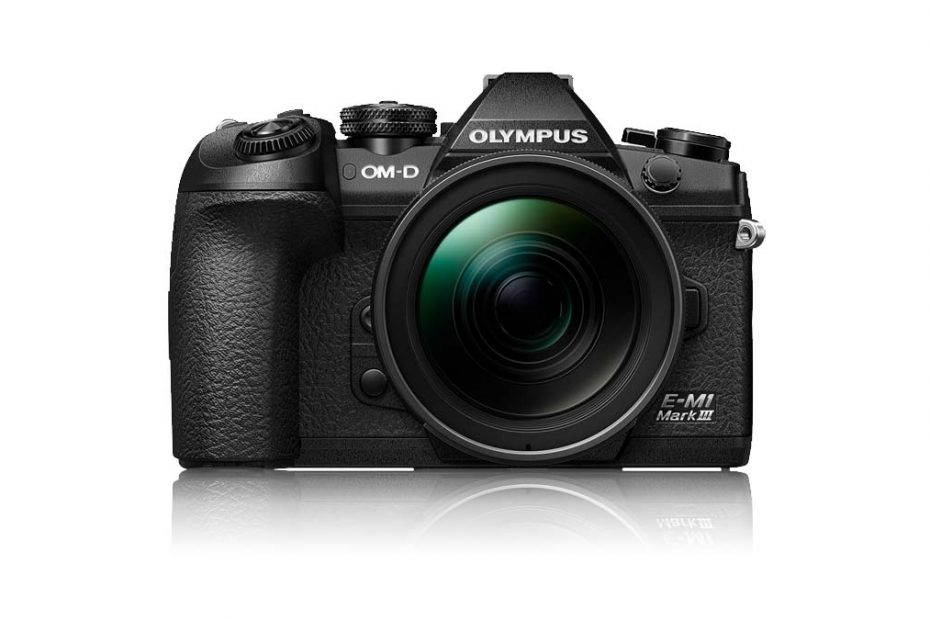Sony Semiconductor has produced a new stacked backside-illuminated (BSI) CMOS sensor for Micro Four Thirds cameras. And there’s good news and bad.
First of all, the new sensor has a lighting fast read-out speed and is capable of recording 120 12-bit full-resolution photos per second. On the other hand, the new sensor’s resolution is just 20.89 megapixels – similar to that of the current sensor. So, what else can we expect from this new M43 sensor? Jump to Conclusion
New sensor for Micro Four Thirds
The new sensor, known by Sony Semiconductor as IMX472-AAJK, is the first backside-illuminated stacked CMOS sensor for Micro Four Thirds cameras.
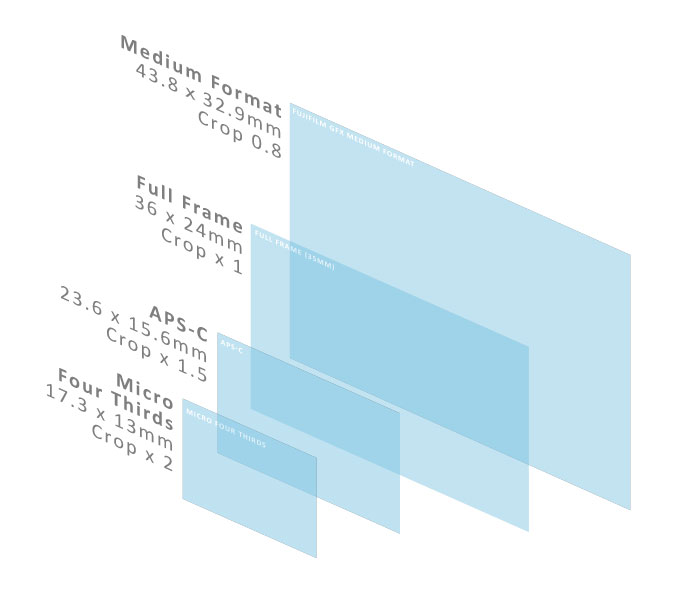
Like the current sensor (IMX272AQK I presume), IMX472-AAJK has an effective resolution of 20.89 megapixels. Whilst this may disappoint some Micro Four Thirds users, there’s still an awful lot to look forward to.
New Micro Four Thirds Sensor Best features.
Back Side Illumination (BSI)
Back-side illuminated sensors are more sensitive to incoming light. As a result, they produce cleaner images with a superior dynamic range at higher ISOs. What is ISO in Photography?
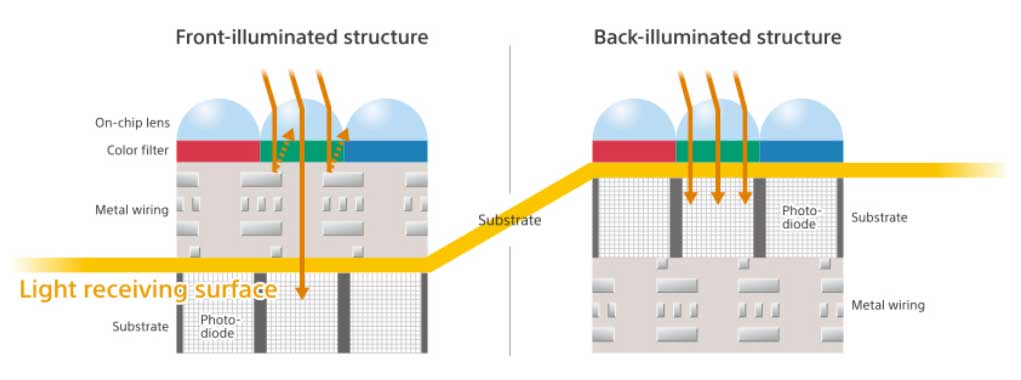
This is great news for any Micro Four Thirds owner since the format’s smaller Front Side Illuminated (FSI) sensor is somewhat dated and notoriously noisier than the larger sensors used by other camera systems. Incidentally, if you are having a problem with noisy photos – you really should take a look at Denoise AI.
Stacked Sensor with SLVS-EC
By far the most exciting thing about this new sensor is its speed. By combining the stacked structure with SLVS-EC technology – the new sensor can capture full 12-bit resolution images at 120 frames per second or 10-bit files at nearly 160 frames per second.

But it’s not just about the continuous drive- here are some of the other benefits we might see
Electronic-only shutter
For years, the mechanical shutter has literally been getting in the way. As a matter of fact, Nikon agrees and its Z9 camera lacks a mechanical shutter entirely.
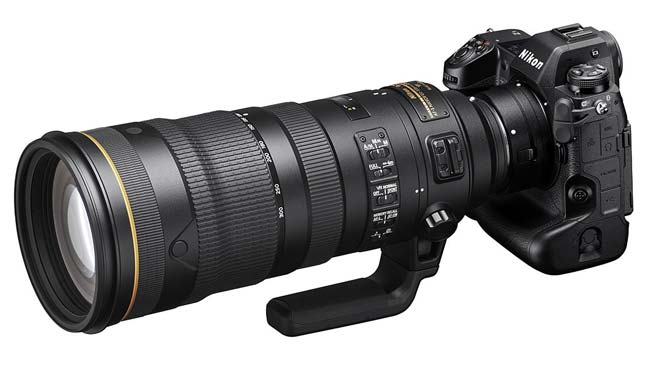
With its electronic-only shutter, the Nikon Z9 can shoot 30 14-bit Raw files per second in absolute silence. It also means the Z9 has one less moving part to wear out. To put it into perspective, Nikon says the Z9’s sensor can read out 12-times faster than the sensor within the Z7.
Will the new OM-Solutions M1 Mark 4 be electronic shutter only? I hope so.
Reduced Rolling shutter
Whilst the mass majority of modern cameras still have mechanical shutters, many of them feature an electronic shutter to facilitate video and silent shooting.
Unfortunately, most of these cameras feature sensors that suffer slow read-out times. In other words, there is a delay between recording the first pixel and the last. This is known as Rolling Shutter.
A slow-rolling shutter result in distortion since the first pixel is recorded when a moving subject is in one place, and the last when the subject has moved onto another. As you can imagine, this is a big problem if you want to pan a video shot or shoot fast-paced subjects such as children and airplane propellers.

However, The latest generation of stacked sensors can read out so fast that the delay between recording the first and last pixel is no longer a practical issue. In the case of the Z9, Nikon felt a physical shutter was no longer required.
Thanks to this new micro four-thirds sensor, your next MFT camera might be fast, silent, and free of rolling shutter distortion.
Better Autofocus
Because IMX472-AAJK reads a scene faster, your autofocus is able to calculate the position of your subject more often. This is hugely advantageous for modern-day tricks such as face detection, object recognition, and advanced tracking.
Below is a demo of the Z9’s autofocus system operating at 120 cycles per second.
Slow motion video
Because the new Micro Four Thirds Sensor is so fast, it is able to capture more frames of video. Although the GH6 is yet to be fully revealed, Panasonic has already said it will have 4K120p and 5.7K60p modes. Does this mean it features the IMX472-AAJK sensor? I reckon so.
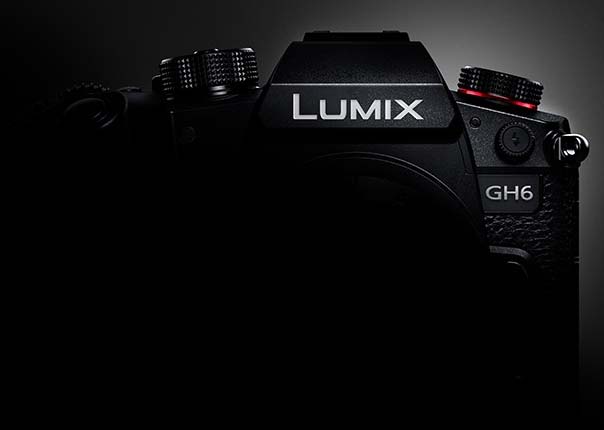
Zero black-out viewfinders
The new micro four-thirds sensor features multiple lanes that can be used to export each frame to multiple sources simultaneously. In other words, the sensor can direct one feed your camera’s image processing and another to your viewfinder without one affecting the other.
As a result, you’ll get a constant uninterrupted view of the scene regardless of how many shots you are taking. This is hugely advantageous for following faster subjects – especially when using telephoto lenses. Therefore, I expect to see this feature on sport-orientated cameras such as the M1 and M1x successors.
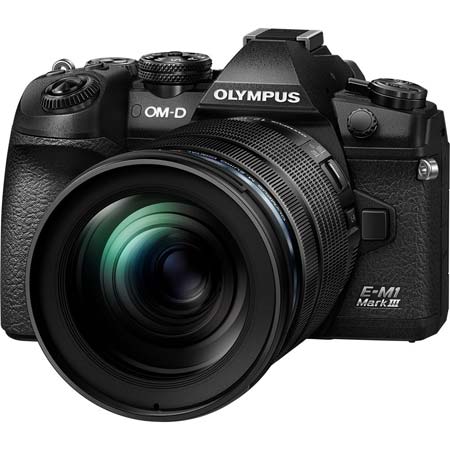
Conclusion
I’m first to admit this post enjoys more than a dash of speculation. Not just because speculation is fun, but because the sensor is yet to appear in a production camera.
However, it’s possible the sensor has already found a home. Of the three MFT sensors listed at Sony Semiconductor, only the IMX472-AAJK appears capable of meeting the 10-Bit 4K120p and 5.7K60p video specs of the yet-to-be-released Panasonic GH6. Of course, the GH6 may feature a different sensor entirely.
But should the new sensor become the new standard for top-tier Micro Four Thirds cameras, we could be in for a treat with Z9/A1-like performance within a portable package. Not to mention luxuries such as a 4K60/120 and distortion-free silent shooting.
And finally, Micro Four Third’s users will have access to a modern BSI-based sensor with the sort of dynamic range and noise advantages owners of other camera systems have enjoyed for some time.
Yet, the most exciting prospect is how such a fast sensor will augment Panasonic and Olympus’s computational photography features. Will we see better ProRes capture and a more reliable PixelShift system? Let’s hope so.
